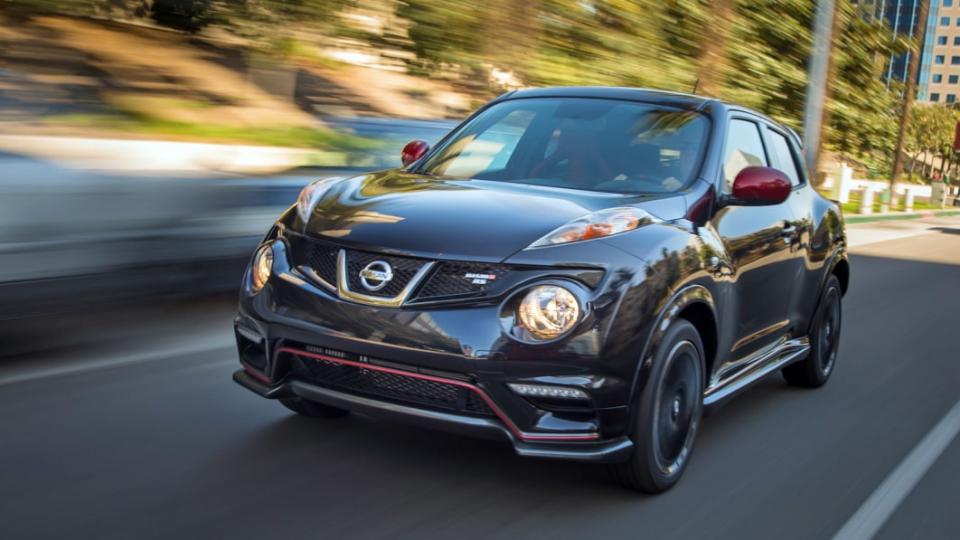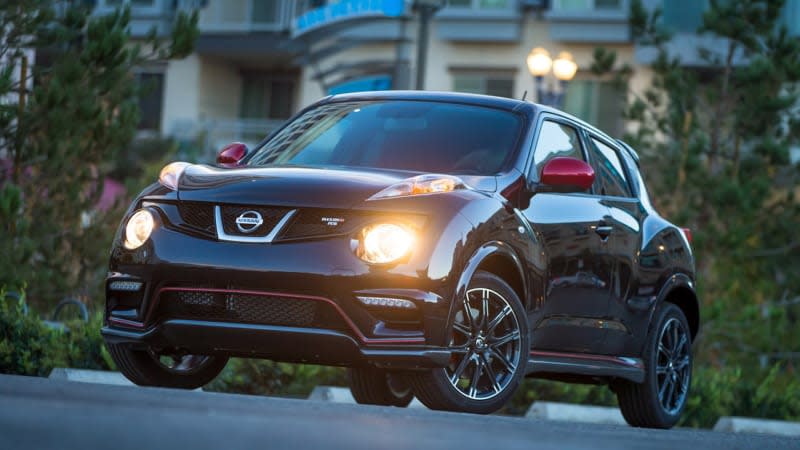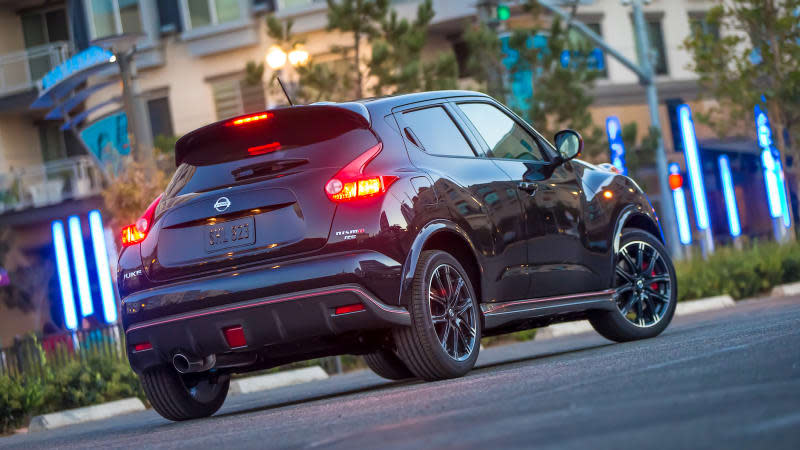Future Classic: Nissan Juke

Embracing the Nissan Juke as a future classic car might require some patience and realignment of one’s concept of “beauty.” Certainly, this funky automobile looks as though it might have served as the daily driver for E.T. when he finally made it to “home,” in whatever galaxy that was. Nonetheless, it’s an intriguing proposition for those who lean toward one side of the polarized opinions about the Juke’s bold styling.
While one of today’s emerging trends in SUV fashion is to offer them bigger — with three rows and seven seats — the Juke when it was first sold in 2010 helped to spearhead a movement in smaller, compact crossovers. It has undeniable presence and a quality some defined as “fun." In fact, the name was derived from the sports term “to juke” or “to dance or change directions demonstrating agility.”
Why is the Nissan Juke a Future Classic?
Initially, the Juke emerged at the Geneva Motor Show as the Nissan Qazana concept in 2009. There were two generations of Juke up until it was discontinued from the United States market in 2017: the first was sold from 2010, then revamped to generation two in 2014. Just before its demise, however, the Japanese showed up with a more powerful, face-lifted edition in 2013 called the Juke NISMO. More on that shortly.
It is the odd exterior of the first-generation Juke that defines it — in the view of some, at least — as a classic.
Perhaps the most memorable feature of the Juke’s design philosophy was its front fascia.
There were these funky, L-shaped lamps installed above the grille which people initially thought were the headlights. Wrong: those were the turn signals and position lights. The headlights were the oversized, globe-like units placed into the bumper, on the same level as the chromed Nissan badge. From the sides, the Juke featured a hatchback inspired body design.


In most markets, the Juke in gen-two arrived with Bluetooth and navigation, a rear-view camera and keyless entry. There was a small cargo area and five seats, but booking one in the rear was a dicey proposition if the ride was longer than to the local Dunkin’.

 Yahoo Autos
Yahoo Autos 